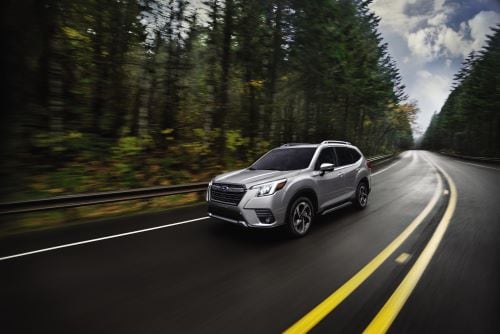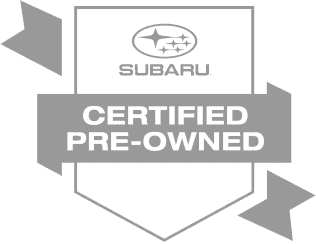

The Insurance Institute for Highway Safety (IIHS) is constantly developing new tests and evaluations to better assess the safety of the many different vehicles on the market today, and Subaru, a brand that has always prized safety in its vehicles, is always proud to perform well on the latest tests. One of the most recent new assessments resulted in the 2024 Subaru Forester achieving the highest available rating in the IIHS’s most recent rear collision prevention test for small SUVs. The Forester was one of just four vehicles that were rated as "Superior" out of the eight that were tested.
Since beginning to test rear collision prevention systems for the first time in 2018, the IIHS has increased its ratings on a regular basis. There are three rating categories on the scale: "Basic," "Advanced," and "Superior." A vehicle receives a Basic rating if its parking sensors only deliver warnings, rear cross-traffic alarms, or both. Vehicles equipped with rear automated emergency braking (AEB) have their systems evaluated in three tests using a passenger vehicle target with varying approach angles and one test using a bollard to stand in for a pole or garage structure.
“The rear AEB evaluation is designed to test how well these systems prevent the most common backing crashes,” said David Aylor, Vice President of Active Safety, Insurance Institute for Highway Safety. “These are challenging scenarios in which a pole or another vehicle is behind you and off to the side. Meanwhile, you are backing up and sometimes turning at the same time.”
The entire evaluation covers 24 different tests, each run at 4 mph, with some circumstances carrying a higher weight than others. The number of runs that either miss the target or slow down to less than 1 mph before hitting it determines how well a system performs. While rear AEB usually addresses low-speed collisions that don’t often result in significant injuries, they can still cause thousands of dollars' worth of damage. According to data from the IIHS-affiliated Highway Loss Data Institute (HLDI), nearly 30% of collision claims in 2022 involved rear points of impact that cost more than $4,000. Vehicles that include rear AEB often run it as an optional feature for as little as $600, making it more than worth the expense. For the Forester, offering this feature was a no brainer, and sailing through the IIHS evaluation was no sweat.
“Safety is at the heart of every Subaru vehicle, and I’m proud our Forester excelled in this test by the IIHS,” said Jeff Walters, President and Chief Operating Officer, Subaru of America, Inc. “Our vehicles are designed to not only keep occupants and nearby pedestrians safe but also to stay on the road longer and avoid costly repairs for our owners.”



